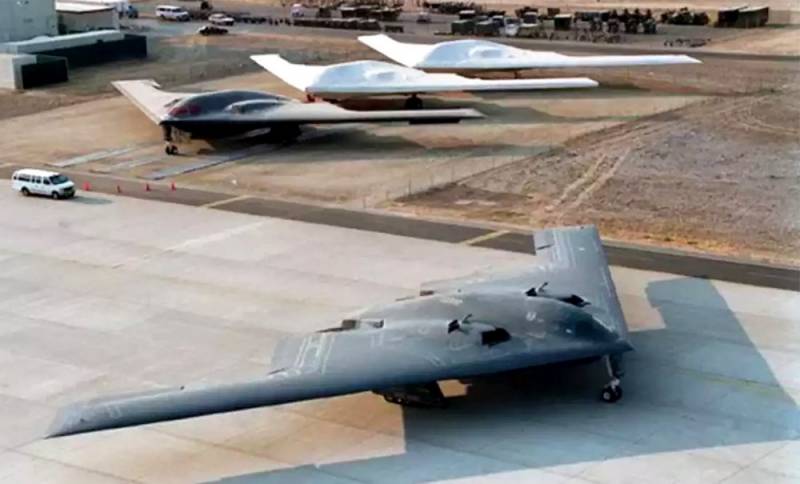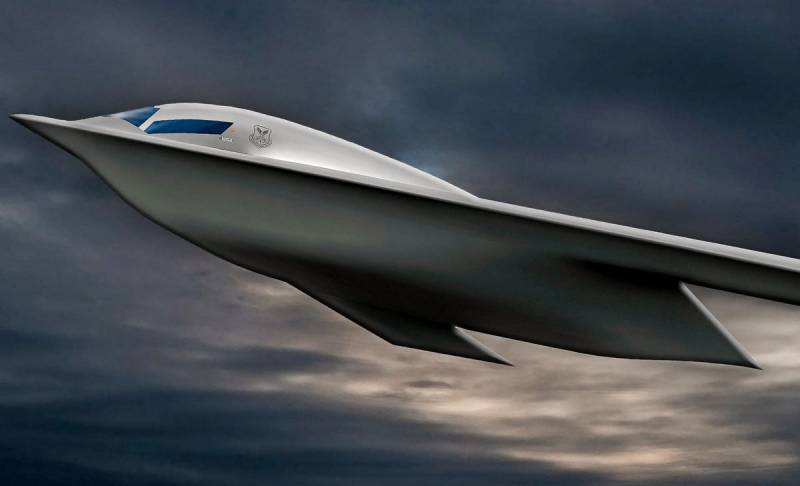Five of the newest B-21 Raider bombers are at the final stage of assembly
Currently, five of the newest Northrop Grumman B-21 Raider stealth bombers are in the process of final assembly. This is three more copies than was previously known, which indicates significant progress and rapid advancement of the Long Range Strike Bomber program, writes the American edition of The Drive.
Speaking at an Air Force Association conference on September 20, Air Force Secretary Frank Kendall confirmed that five long-range attack bombers are currently being completed at Air Force 42 in Palmdale, California. At the same time, it is still unknown how many such aircraft the US Air Force is expected to receive at the first stage, i.e. the validation period (meeting specific requirements), which will last until the start of serial production, the newspaper writes.
At the same time, it is known that the US Air Force hopes to end up with about 150 new flying wing stealth bombers. The program is also said to be on budget and generally relatively close to schedule.
However, at one time, six B-2 bombers were built when the Advanced Technology Bomber program was being implemented. The Air Force then hoped to get more than 100 of these bombers, but everything was limited to a tiny fleet of 21 units.
There are very few details about the development of the B-21 Raider in general, the exact status of each instance on the assembly line is unknown. Moreover, there is no guarantee that the aircraft will look exactly like the image. Meanwhile, the countdown to the first flight of the B-21 Raider is on. If the schedule continues, the first B-21 Raider will take off in the first half of 2022. The B-21 Raider is expected to enter service between 2026 and 2027.
The vast complex at Edwards Air Force Base in California is already awaiting the start of a test program. It will be carried out by the newly formed Joint Test Squad. The new bomber will be key to the Pentagon's nuclear modernization program, which is "a top priority for the Defense Department and the Air Force," officials said.
The B-21 Raider will be more than just a bomber - it is a multipurpose and stealthy complex designed for strike, reconnaissance and surveillance, as well as use by other platforms as part of a family of advanced systems. It will also involve many time-tested systems that will mitigate risks. Overall, it will be smaller, but much more flexible and adaptable than its predecessor, the B-2.
In other words, it must be an incredibly wonderful weapon system. Of course, the verdict on how this will all unfold remains in the air, but so far all signs seem to be positive.
- summed up the media.


Information